Main water supply sizing and material
stitz_crew
11 years ago
Related Stories

PRODUCT PICKSGuest Picks: A Tidy Roundup of Cleaning Supplies
Practical and pretty cleansers and cleaning accessories to make housecleaning chores a pleasure
Full Story
GARDENING FOR BUTTERFLIESBring on the Birds: Natural Habitat Ideas for Gardens of All Sizes
Provide nesting, watering and perching spots inspired by the Costa Rican jungle and watch the birds flock on over
Full Story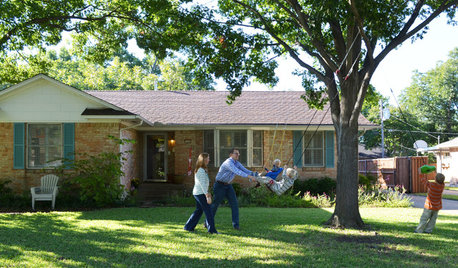
MOVINGHouse Hunting: Find Your Just-Right Size Home
Learn the reasons to go bigger or smaller and how to decide how much space you’ll really need in your next home
Full Story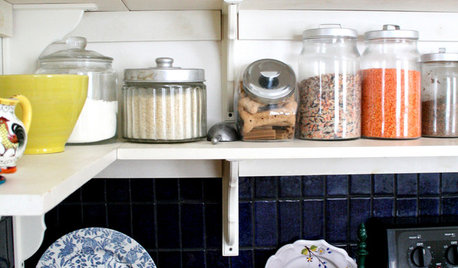
KITCHEN DESIGNDisplaying Kitchen Supplies — Hot or Not?
Do some kitchens just beg for a cozy row of canisters and gear for all to see? Have a look and let us know what you think
Full Story
DECORATING GUIDESSize Up the Right Area Rug for Your Room
The size of a rug can make an important difference to the feel of a room. Here are some tips to help you make the right choice
Full Story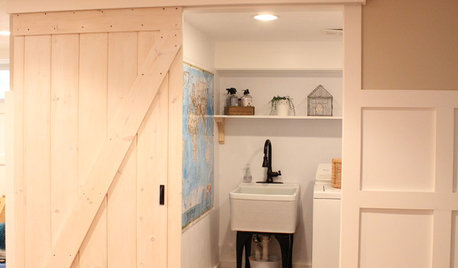
DIY PROJECTSMake Your Own Barn-Style Door — in Any Size You Need
Low ceilings or odd-size doorways are no problem when you fashion a barn door from exterior siding and a closet track
Full Story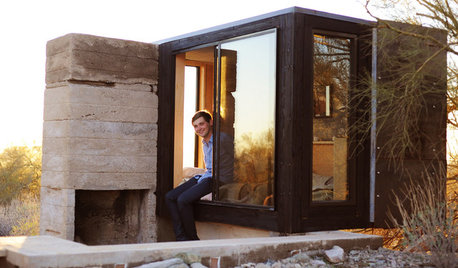
SMALL HOMESHouzz Tour: A Student's Bed-Size Shelter in the Arizona Desert
Could you sleep in such a small space just above the desert floor? One Taliesin architecture student at a time does just that
Full Story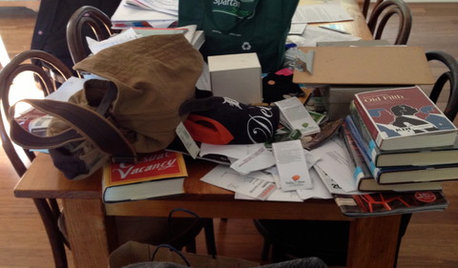
LIFEAnatomy of a Family-Size Mess
Study your home’s dumping grounds to figure out what organizational systems will work — then let yourself experiment
Full Story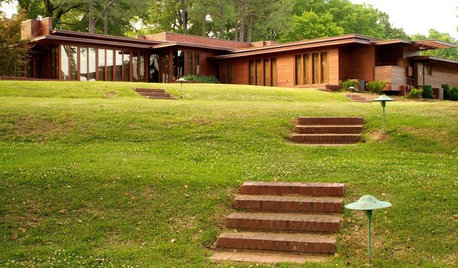
HISTORIC HOMESWright Sized in Alabama: The Rosenbaum House
Get lessons in Usonian living from the design and evolution of a historic Frank Lloyd Wright home
Full Story
DECORATING GUIDES15 Bite-Size Home Projects You Can Tackle in No Time
See how getting little decorating, cleaning and organizing tasks done can add up to a big sense of accomplishment
Full StoryMore Discussions







joeplumb
stitz_crewOriginal Author
Related Professionals
Hillcrest Heights Handyman · North New Hyde Park Handyman · Holden Kitchen & Bathroom Remodelers · 20781 Kitchen & Bathroom Remodelers · Andover Kitchen & Bathroom Remodelers · Apex Kitchen & Bathroom Remodelers · Chicago Ridge Kitchen & Bathroom Remodelers · Green Bay Kitchen & Bathroom Remodelers · Pico Rivera Kitchen & Bathroom Remodelers · Red Bank Kitchen & Bathroom Remodelers · Sioux Falls Kitchen & Bathroom Remodelers · Sun Valley Kitchen & Bathroom Remodelers · Shaker Heights Kitchen & Bathroom Remodelers · Forest Hills Kitchen & Bathroom Remodelers · Kiryas Joel Appliancesstitz_crewOriginal Author
bus_driver
lazypup
stitz_crewOriginal Author